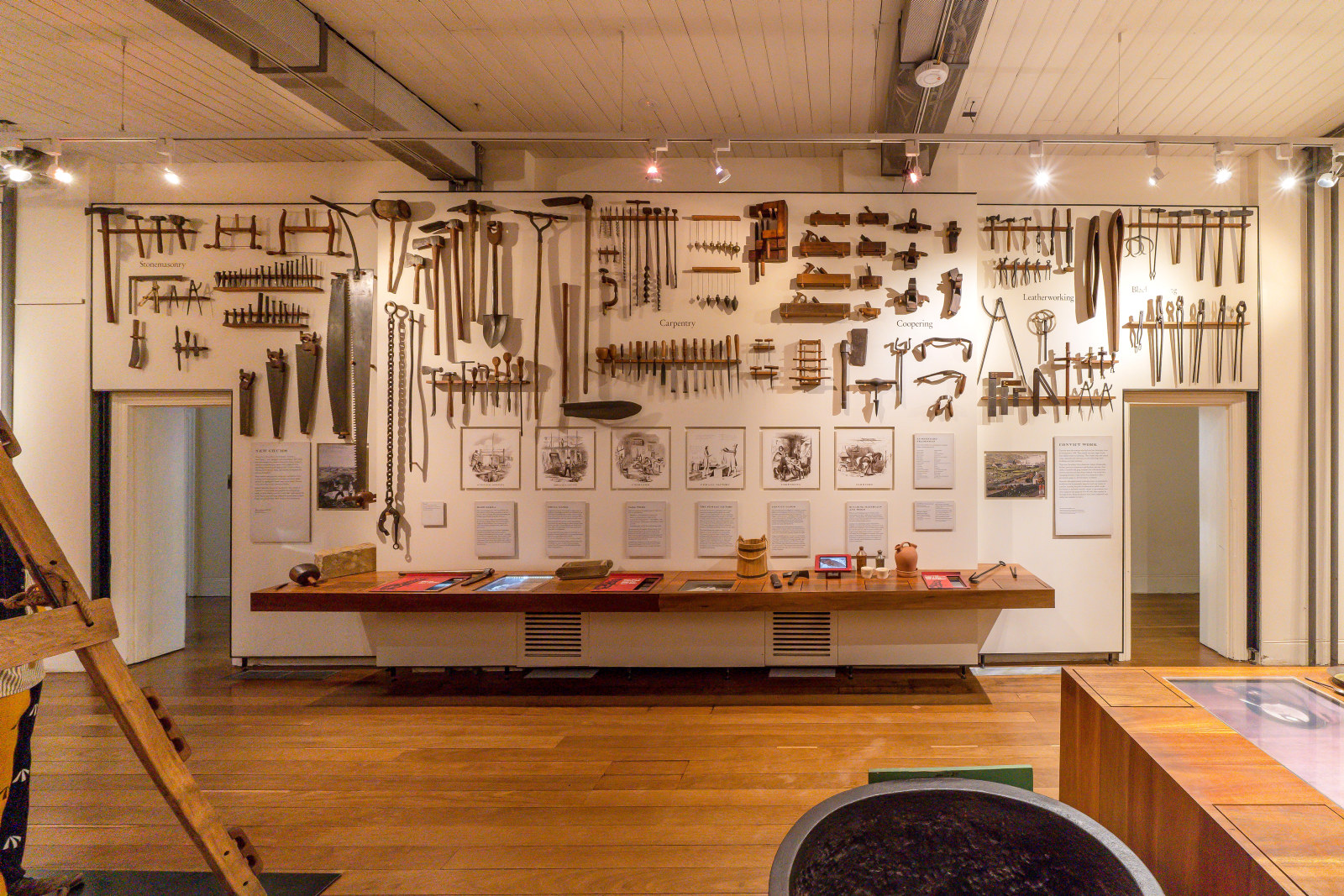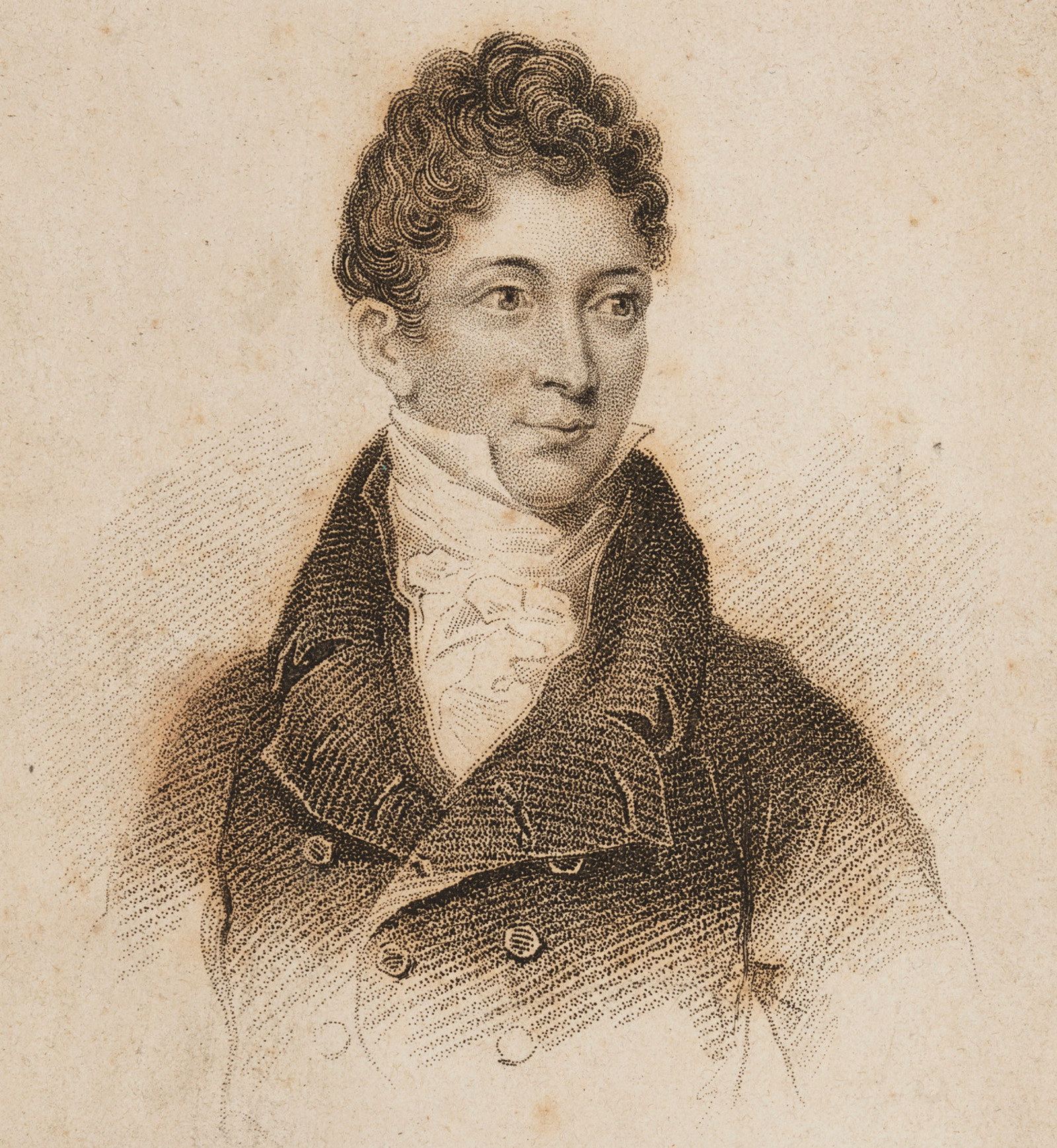Convict uniform buttons
1819–1848
Archaeologists found over 250 bone buttons beneath the floorboards of Hyde Park Barracks, which were once attached to convict shirts, jackets and trousers, and then lost beneath the floors. Mainly one, three, four and five hole sew-through buttons, convict ‘slop’ clothing jackets, waistcoats and breeches (trousers) usually had medium-sized four-hole and five-hole bone buttons. Convict shirts had smaller three-hole or ‘3-way’ buttons (as seen intact on the collar of the convict shirt also found at the Barracks). It is likely that some convicts collected buttons, for trading with others who needed to replace missing buttons on their clothing, or to use as gaming tokens.
More artefacts

Convict Sydney
Objects
These convict-era objects and archaeological artefacts found at Hyde Park Barracks and The Mint (Rum Hospital) are among the rarest and most personal artefacts to have survived from Australia’s early convict period
Published on
Convict stories
Browse all![Pencil drawing of Bathurst 1818, Plans of Government Buildings at Bathurst, Main series of letters received [Colonial Secretary], 1788–1826.](https://cdn.sanity.io/images/zl9du87e/production/ec5b53147e75bdc6536c142340cae04b71adc992-3203x1998.jpg?fit=max&auto=format)
Convict farmer Antonio Roderigo and a ‘dastardly massacre’
A dispute over potatoes farmed by convict-settler Antonio Roderigo was one of many hostile events between colonists and Wiradyuri people that led to the Bathurst War of 1824

Cultivating a therapeutic landscape
Tracing the evolution of the Parramatta Female Factory to a hospital

Convict Sydney
Harbourside Gothic: The convict origins of Vaucluse House
Its architectural style is not all that is gothic about Vaucluse House. Discover the dark history of the house’s first owner, Henry Browne Hayes

Convict Sydney
James Hardy Vaux
Some convicts were transported more than once. Vaux was sent to the colony three times, each time arriving under a different name.